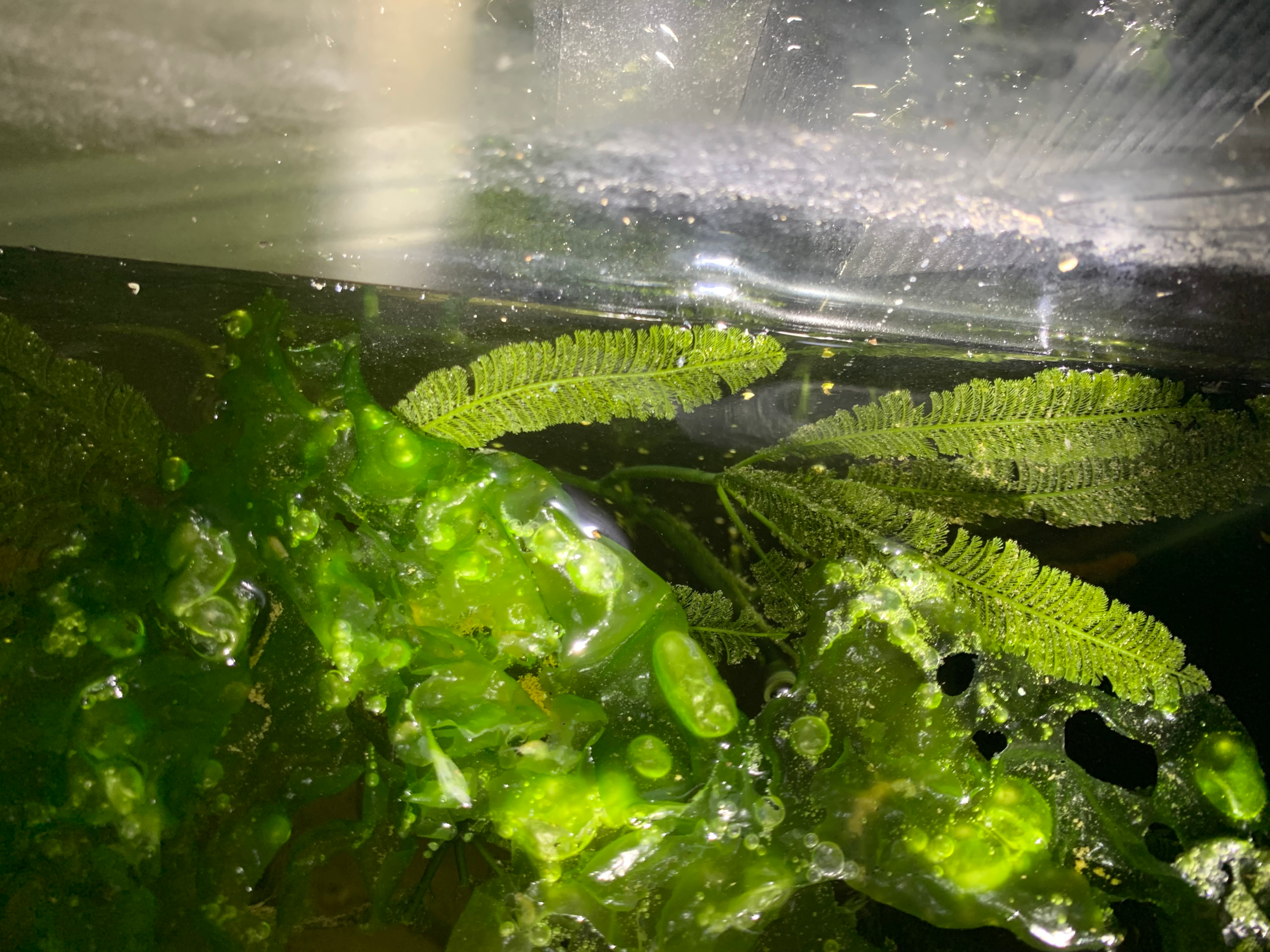How to prevent the growth of green hair algae
Introduction
Green hair algae can be both an unsightly and detrimental presence in an aquarium, especially when it suffocates the aquatic life within. It's a common issue that plagues aquarists globally, but with the right approach, managing and eliminating it becomes a feasible task.

Identifying Green Hair Algae
Recognizing hair algae in aquarium settings is vital for effective removal. The elongated, thread-like strands, notably in a vibrant green hue, weave through plants, decorations, and often float freely in the water, signaling their infestation.
Factors Leading to Algae Bloom
Various aspects contribute to how to get rid of green hair algae in a planted tank, one of which is nutrient imbalance. Excess nutrients, coupled with inadequate CO2 levels, create an environment conducive for algae to thrive instead of your plants.
Harnessing Algae Growth
To counteract this, understanding the processes of getting rid of hair algae begins with addressing light, nutrients, and especially, CO2 balance. CO2 plays a pivotal role in aiding plant growth, which in turn, competes with green algae for nutrients, thereby stifling its expansion.

Effective Strategies to Remove Green Hair Algae
To remove green hair algae, reducing light periods, manually removing visible strands, and employing algae-eating aquatic life, like Amano shrimp, become steps in the right direction.
Algae Eaters: A Natural Ally in Combating Green Hair Algae
Enlisting algae eaters into your aquarium serves as a biological tactic to combat the unwelcome proliferation of green hair algae. Species like the Amano shrimp, Siamese algae eaters, and certain snail varieties, such as the Nerite snail, exhibit a voracious appetite for algae, helping to maintain a cleaner and more aesthetically pleasing fish tank environment. It's pivotal, however, to ensure that your tank conditions, tank volume, and existing inhabitants are compatible with the chosen algae eaters, fostering a harmonious aquatic environment. While these organisms can assist in keeping algae under control, it's crucial to remember that they should not be the sole strategy for algae problem. Employing algae eaters should coincide with a comprehensive approach that includes optimal lighting, nutrient control, and effective CO2 management to sustain a healthy, algae-free aquarium. Their introduction not only provides a practical solution but also enhances the dynamic and biodiversity of your fish tank, making it a lively and engaging ecosystem.

The Vital Role of CO2 in Combating Algae
Despite these methods, understanding why hair algae in the aquarium remains a persistent issue leads us to CO2 injection. Plants need an optimal balance of light, nutrients, and CO2 to grow and outcompete algae.
Incorporating CO2 Systems
Diving into CO2 systems means exploring avenues on how to balance the ecosystem effectively to avoid green hair algae. This balance, achieved through consistent and appropriate CO2 levels, supports plant growth, which subsequently deters algae proliferation.

Understanding the Science Behind Algae Growth
Recognizing the nutritional dynamics within an aquarium sets the stage for a targeted approach against green hair algae. Algae, like any plant, rely heavily on available nutrients, and when in excess – particularly in the absence of healthy plant life to compete with – algae will rapidly colonize the planted tanks.
Mitigating Nutrient Surplus to Curb Algae Growth
Striking a balance in nutrient distribution, especially concerning phosphates and nitrates, which are infamous for promoting hair algae aquarium blooms, necessitates precise measurement and regulation. Consistent water changes, utilizing phosphate absorbers, and ensuring that food input is not excessive are crucial steps in mitigating nutrient surplus.
Illuminating the Role of Light
Algae thrive in abundant light, particularly when it couples with nutrient excess. Modulating the light duration and intensity in the aquarium, utilizing timers, and selecting the appropriate spectrum can actively inhibit the spread of green hair algae by creating an environment less conducive to its growth.

The Undeniable Impact of Adequate CO2 Levels
In the discourse of aquarium plant care, CO2 recurrently surfaces as a pivotal element. Implementing a CO2 system not only propels plant growth but also indirectly acts as a deterrent against algae. When plants grow optimally, they consume nutrients that algae would otherwise exploit, thereby naturally curbing its spread.

Conclusion: A Holistic Approach
A holistic approach towards algae control involves understanding and managing all aspects of the aquarium environment. A diligent aquarist who monitors nutrient levels, light periods, and maintains optimal CO2 injection will have not only a stunning, algae-free aquarium but also a thriving, vibrant underwater ecosystem.




